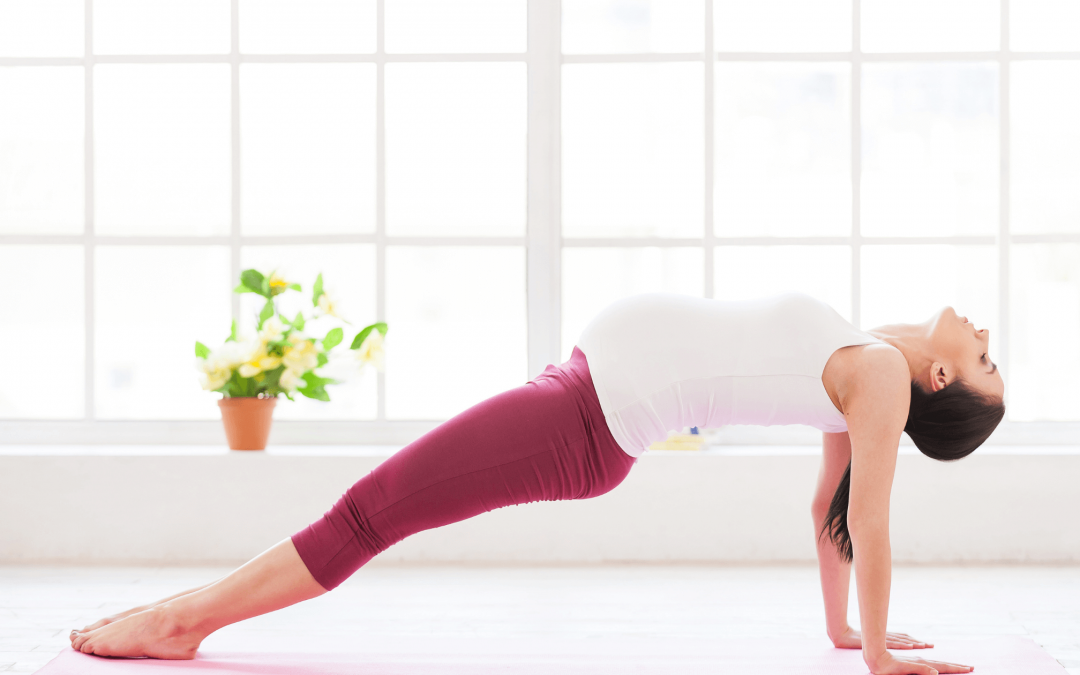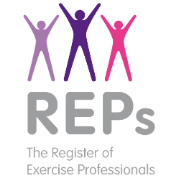
Pelvic Floor
Pelvic Floor
The pelvic floor consists of sling muscles comprising of the levator ani, the coccygeus muscle, and associated connective tissue which span the area underneath the pelvis. The function of the pelvic floor is to support the pelvic organs (bladder, bowel and uterus) and to control the release of urine, faeces and wind. There are two different types of muscle fibres; fast-twitch which kick in when we cough or sneeze, and slow-twitch which provide strength and endurance. For a healthy, functional pelvic floor, both these types of muscle fibres must work well.
The pelvic floor is placed under a lot of strain during pregnancy, and if you have experienced difficult labour and birth (especially if you needed forceps, an episiotomy or had any tearing) then there is likely to be a degree of damage to the muscles.
Reconnecting with your pelvic floor and core is the first step to recovery in the post-natal period, and a good exercise to start immediately is exhaling through pursed lips for a count of 8 seconds. You will find that your TVA (transverse abdominis – the deep layer of muscle located beneath the rectus abdominis) is activated, your stomach will move towards your spine, your pelvic floor will tense and lift, and your lower back muscles will also tense.
Correct and regular pelvic floor exercises will help to strengthen these muscles, but in some cases, you may need to be referred to a women’s health physio, for more specialised treatment. Once you are ready to return to exercise, it is important to keep impact to a minimum and to focus on exercises that allow you to engage your pelvic floor. Once you have built a strong foundation, then you can start to increase the intensity of your exercise.



